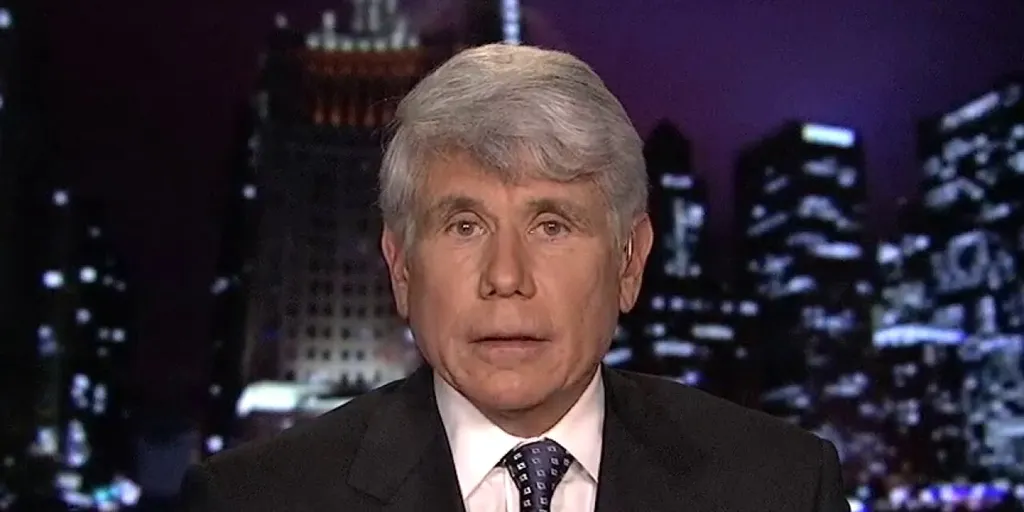In a strategic move to reduce operational costs, the Pentagon has announced plans to cut its Permanent Change of Station (PCS) budget by 50% by fiscal year 2030. PCS moves refer to the relocation of military personnel and their families, a process that incurs substantial costs. This decision, outlined in the 2025 Pentagon memo, is part of broader initiatives aimed at improving efficiency within the Department of Defense (DoD) while maintaining mission readiness. In this article, we will dive deep into the reasons behind the PCS budget cuts, how they will be implemented, and what impacts they will have on service members and their families.
What is a PCS Move?
A PCS (Permanent Change of Station) move involves relocating military personnel and their families from one duty station to another. These moves are not only costly but can also be disruptive to the service member’s personal and family life. The expenses involved in PCS include:
Transportation: The cost of moving household goods and vehicles.
Temporary Lodging: Housing expenses when relocating.
Travel: The cost of traveling from one duty station to another.
Dislocation Allowances: Payments to help service members transition into new locations.
Currently, the Pentagon spends approximately $5 billion annually on PCS moves, which represents a significant portion of the DoD’s personnel-related budget.
Pentagon PCS Moves Budget Cuts: Rationale Behind the Decision
The Pentagon’s decision to implement a 50% reduction in the PCS budget by 2030 is influenced by multiple factors:
1. Cost Efficiency
Given the increasing budget constraints faced by the DoD, the reduction of discretionary PCS moves offers a method to reallocate funds toward more pressing needs, such as operational readiness and defense innovations. By trimming non-essential moves, the DoD aims to improve overall financial efficiency.
2. Family Well-Being and Quality of Life
Frequent PCS moves often create instability in the lives of military families. These disruptions can affect spouses’ employment opportunities, children’s education, and general family life. The PCS budget cuts aim to reduce these disruptions, providing more stability for military families.
3. Mission Readiness and Operational Necessity
While discretionary PCS moves will be reduced, mandatory PCS moves — those necessary for mission readiness and critical operational roles — will continue. These cuts focus on reducing moves that are not essential for the military’s primary objectives, thus ensuring resources are better allocated.
How Will the PCS Budget Cuts Be Implemented?
The Pentagon has outlined a phased approach for implementing these budget cuts, which will take place over several years:
| Fiscal Year | Budget Cut Target | Total Reduction |
|---|---|---|
| 2027 | 10% | 10% |
| 2028 | 20% | 30% |
| 2029 | 5% | 35% |
| 2030 | 15% | 50% |
These cuts will primarily affect discretionary PCS moves — moves that are not strictly necessary for the fulfillment of mission requirements but are made for career advancement or training purposes. The goal is to bring down the overall expenditure on relocations, especially those that could be deferred or eliminated.
Impact of PCS Budget Cuts on Service Members and Families
While the PCS budget cuts are intended to enhance cost efficiency, they will have several notable impacts on service members and their families. Let’s explore these changes in detail.
1. Increased Stability for Service Members and Families
With fewer relocations required, service members will likely experience more stability in their personal and family lives. This reduction in relocations means families can stay in one location for longer periods, which can help children settle in school, spouses find steady employment, and overall family dynamics improve.
2. Potential Changes to Career Progression
A reduction in PCS moves may affect career advancement for some service members, as promotions and new assignments are often linked to relocation. However, the DoD is encouraging the services to find alternative methods for career progression that do not rely on frequent moves. This might include remote assignments or training programs at existing duty stations.
3. Challenges in Transitioning to New Locations
Service members who are still required to move will need to manage the financial and logistical challenges of a PCS move. Even though mandatory PCS moves will remain unaffected, fewer relocation allowances might affect service members who need to move for professional reasons. As such, adjustments may be necessary to accommodate these transitions smoothly.
Summary of Key Points
The Pentagon’s decision to reduce its PCS budget by 50% by 2030 aims to achieve:
Cost savings: Reducing discretionary moves allows the DoD to allocate funds more effectively.
Improved family well-being: Fewer moves reduce the disruptions military families face.
Continued mission readiness: Essential moves will continue to be prioritized to ensure operational effectiveness.
The phased approach will see reductions starting in 2027, with a goal of cutting 50% of the budget by 2030. This reduction will primarily target non-essential relocations while preserving mandatory moves crucial for mission readiness.
Conclusion
The Pentagon’s PCS budget cuts are a significant step towards financial efficiency while attempting to balance the well-being of military families. By reducing discretionary PCS moves, the DoD aims to provide more stability for service members, while still maintaining the necessary operational readiness through mandatory relocations. As these changes are phased in over the next several years, the DoD will need to carefully monitor the impact on service members and their families, ensuring that cost-cutting measures do not hinder the effectiveness of military operations or the quality of life for those who serve.
FAQ 1: What are Pentagon PCS Moves Budget Cuts?
Answer: The Pentagon PCS moves budget cuts refer to the Department of Defense’s decision to reduce its spending on Permanent Change of Station (PCS) relocations by 50% by fiscal year 2030. These cuts primarily target discretionary moves that are not essential for mission readiness, aiming to save costs while maintaining the necessary relocations for military personnel.
FAQ 2: Why is the Pentagon Reducing PCS Moves Budgets?
Answer: The Pentagon is reducing PCS moves budgets to achieve cost savings, improve operational efficiency, and reduce the disruption caused to military families. By reducing non-essential relocations, the Pentagon aims to focus resources on critical mission needs while enhancing the stability and well-being of service members and their families.
FAQ 3: How Will the Pentagon’s PCS Moves Budget Cuts Affect Service Members?
Answer: Service members may experience increased stability in their personal lives, as fewer moves will be required. However, career progression could be impacted for some, as assignments and promotions are often linked to relocations. The military will adapt career development models to ensure that service members continue to have opportunities for growth without frequent moves.
FAQ 4: When Will the Pentagon Start Reducing PCS Moves Budgets?
Answer: The reduction of PCS moves budgets will be implemented in phases, starting in fiscal year 2027. The Pentagon plans to reduce the budget by 10% in 2027, with further reductions in subsequent years, ultimately achieving a 50% cut by fiscal year 2030.
FAQ 5: Will Mandatory PCS Moves Be Affected by the Budget Cuts?
Answer: No, mandatory PCS moves will not be affected by the budget cuts. These moves, which are critical for mission readiness, will continue as usual. The cuts will focus on reducing discretionary PCS moves, which are not essential for operational requirements but are made for career advancement or training purposes.
For more details, visit Wikipedia on PCS.















